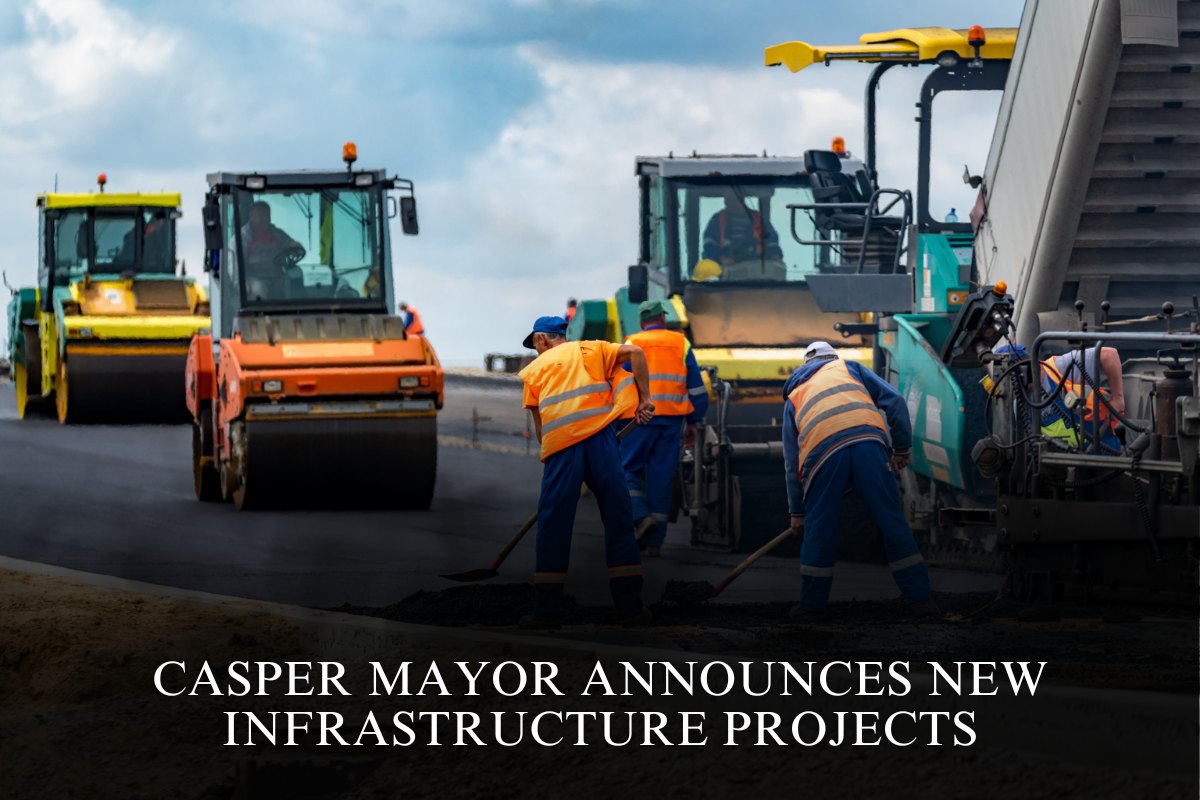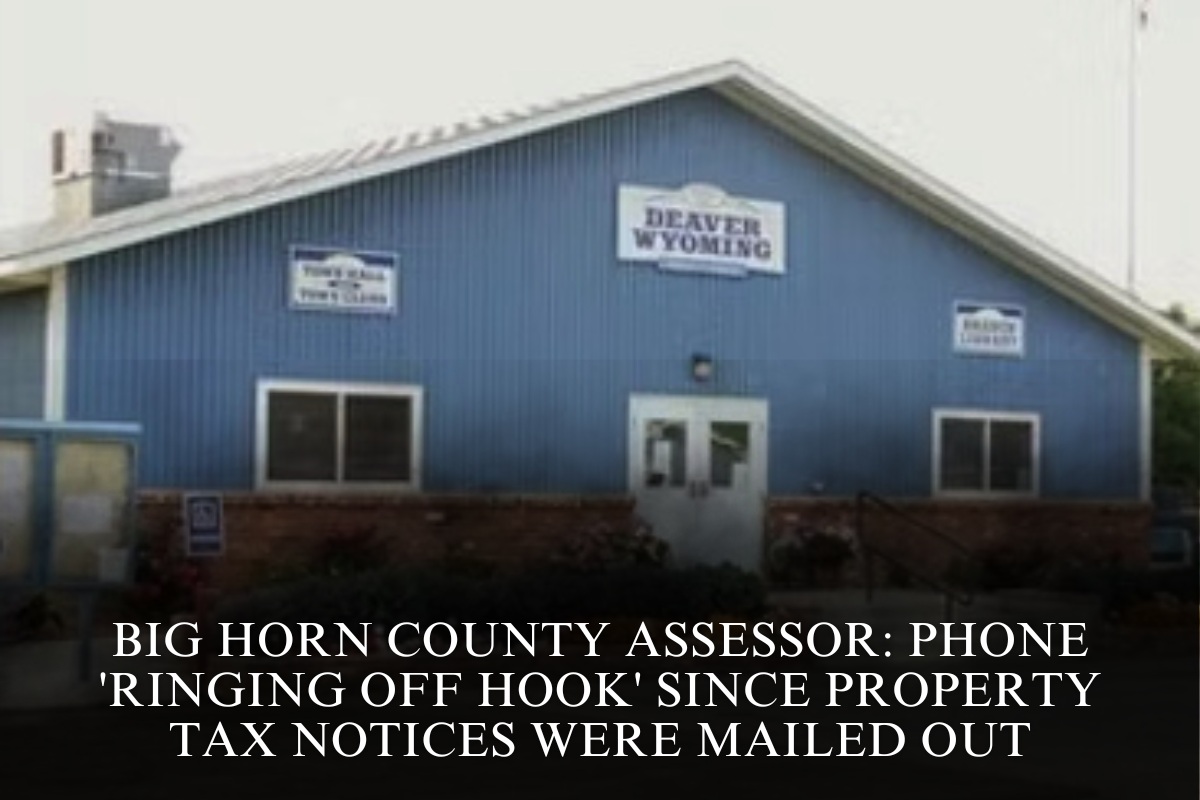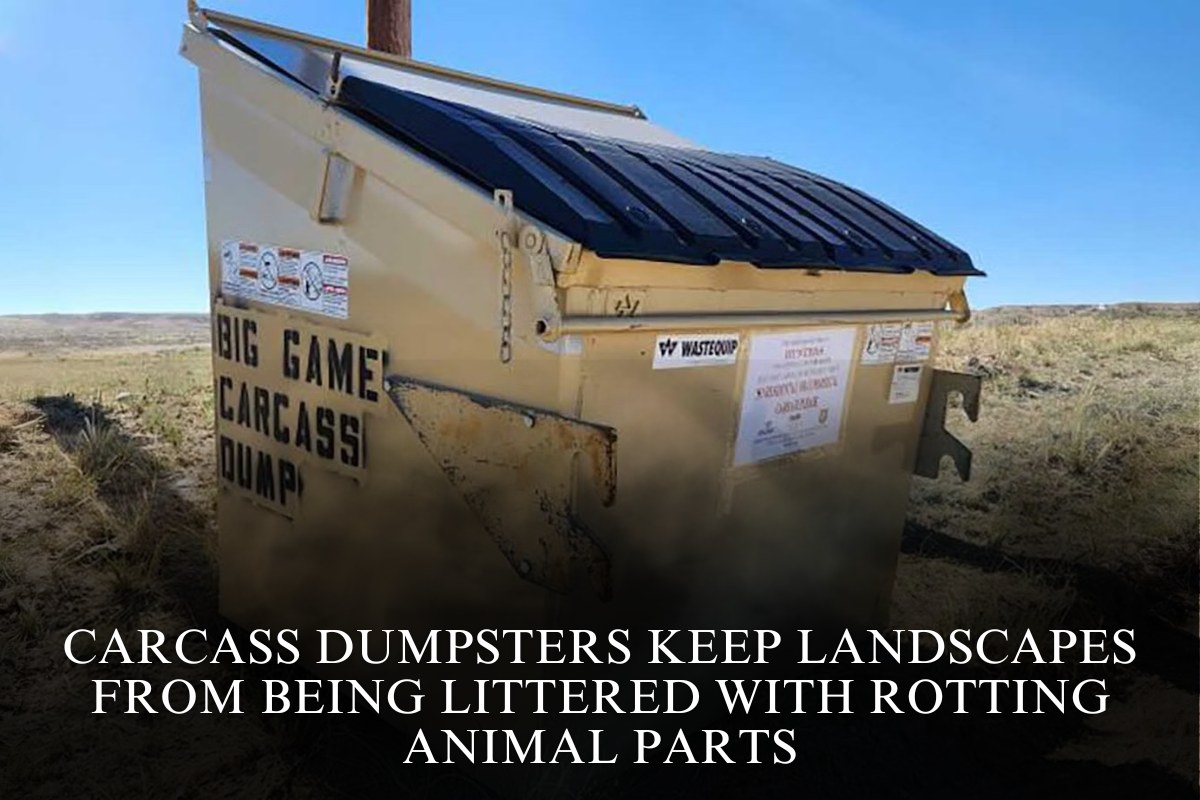A long court battle may be nearing an end for Oakland, California, developer Phil Tagami, who is ready to discuss what he describes as a “last-ditch effort” to postpone his controversial bulk marine terminal project while the California Supreme Court decides whether to hear a final appeal.
“That’s what’s happening right now,” Tagami told Cowboy State Daily, describing Oakland’s opposition to the project and its appeal to the state’s highest court. “That decision, the court will be deciding before Oct. 1 if they are going to hear it.”
If Tagami wins, the West Coast terminal will be open to ship coal to Asian markets, something Wyoming thermal coal producers have been working to secure for more than two decades.
The Oakland Bulk and Oversized Terminal (OBOT) has piqued the interest of the Cowboy State’s coal industry and political leaders, who believe the facility has the potential to open new markets for Powder River Basin coal.
Wyoming coal producers and state officials continue to keep a close eye on Tagami’s legal situation, including a ruling earlier this year that upheld a district judge’s original decision in favor of the developer.
“We’re watching what happens in Oakland very, very closely,” said Travis Deti, executive director of the Wyoming Mining Association. “We’d love to export our coal from the West Coast. And it’s just been extremely difficult, and there could be a real opportunity there.”
‘Best’ Chance For Wyoming Coal
The project received renewed attention after the California Court of Appeals rejected Oakland’s appeal in a 57-page opinion, upholding a lower court decision that reinstated OBOT’s ground lease and gave the company 2.5 years to begin construction on the West Oakland waterfront.
Emily Arthun, CEO of the American Coal Council, stated that the Oakland terminal’s legal victory represents “the best current opportunity for Wyoming coal exports after years of political and legal obstacles.”
“Oakland just continues to lose,” Arthun said. “They continue to lose.” They continue to lose. “They are going to bankrupt Oakland.”
There is still a tangle of legal challenges over the OBOT, with some threatening the city of Oakland with hundreds of millions of dollars in potential damages.
Tagami stated that over the last decade, his legal odyssey has resulted in 310 pages of court documents that have crossed the desks of 33 judges, all of whom have ruled against the city and its staunch opposition to coal.
“You basically have a total of 15 federal judges involved,” Tagami said, describing the long-running legal battle that began in 2016. “People with black robes and gavels, the findings of fact, apply the law accordingly to give a conclusion and an outcome in favor of moving a project forward, a bulk terminal, proving that the city had violated the contract.”
When contacted by Cowboy State Daily, city of Oakland spokesperson Nina Erlich-Williams with Public Good PR responded, “The city attorney does not have a comment on this issue at this time.”
Not Only Coal
Tagami has consistently framed OBOT as a multi-commodity facility designed to serve market demand rather than any specific product.
“Development of a multi-commodity bulk marine terminal was essential to the revitalization of the former Oakland Army base and was literally the anchor to attract substantial investment by the state of California and infrastructure, as well as federal dollars to, in essence, redevelop that property,” Tagami explained, describing the initial level of support the project received.
When a news story in Utah about potential coal shipments through Oakland surfaced in 2015, Tagami said local politics surrounding coal and climate change flooded the zone.
“You have a number of elected officials who feel they really need to worship at the altar of whatever this progressive environmental group says they must do if they want to seek reelection,” said Tagami, referring to organizations such as San Francisco Baykeeper and No Coal In Oakland. “It’s become kind of a loyalty test.”
No Coal In Oakland did not respond to a message from Cowboy State Daily, and San Francisco Baykeeper declined to comment.
No Coal In Oakland’s website simply states its mission: “To stop the threat of coal being transported by rail into Oakland for export overseas.”
The group touts support from the Oakland City Council, the mayor, and a number of politicians, but acknowledges that the project has the potential to move forward.
“The proposal to build a massive coal terminal at the foot of the Bay Bridge remains tied up in both federal and California lawsuits, and decidedly on the table,” the organization claims.
In March, a coalition of 86 organizations and nearly 1,000 people signed an open letter declaring: “Coal is the dirtiest fossil fuel on earth, endangering worker health, communities along rail lines that transport it, and contributing significantly to global warming and climate change.”
Coal Vs. Climate
Tagami does not question the research showing coal’s contribution to global warming, but he’s also a clean-coal optimist.
“I’m not ignorant to the concept of climate change,” he joked. “And I understand the science that has been aggregated. So I am not a denier. But I would also say, “Okay, coal is part of the energy mix.”
Tagami cited Japan’s post-Fukushima energy strategy as an example of modern coal technology becoming greener.
“The country of Japan constructed a large number of coal-fired plants. However, these are not your typical 1957 Chevy. If you follow me, they’re your 2025 Prius,” Tagami explained. “These are coal gasification plants that use a combination of coal and wood pellets to basically, in essence, meet the COP 21 requirements,” which the United Nations promoted in response to fossil-fuel-driven climate change.
What is shipped out of Oakland is governed by federal law, and nothing in those statutes makes shipping coal illegal, he explained.
“I can’t tell someone what they can and can’t put on a train if it’s legal to ship,” says Tagami. “So we’ve been the target of most protests, because we’re bad people for allowing the industry to operate under federal law.
“As developers, we are not in a position to dictate or prescribe specific commodities that may or may not be delivered. That is really determined by what the market requires. Both what the beneficial cargo owner wishes to make available to the market, as well as market demand and the destination of that commodity.”
Wyoming Visit
The original push to ship coal from the Rocky Mountain region came from Utah, where coal is the official state rock.
Then Wyoming Governor Mark Gordon took notice and scheduled a meeting with Tagami and his team in Cheyenne in 2021.
“He was very charming, and his team was extremely helpful,” Tagami recalled. “But again, we were just in the middle of litigation.”
Nonetheless, Wyoming left a favorable impression on Tagami.
“I kind of fell in love with the statehouse and Wyoming,” he told me.
“It’s smaller than Oakland City Hall,” Tagami said about the Wyoming Capitol. “It’s just a neat building.” It’s also great to see how much collaboration there was within the building.”
Sub-Bituminous Coal
Wyoming primarily mines sub-bituminous coal. This coal type is characterized by a lower heating value compared to bituminous coal, but it has low sulfur content, making it cleaner burning and well-suited for power plants.
But is this product in high enough demand to attract large overseas contracts from Asian countries with coal-fired power plants?
Rob Godby, a professor of energy economics at the University of Wyoming, mentioned the logistical challenges that Wyoming coal producers face.
“Tough to get PRB coal to that terminal just because of the rail network,” Godby told Cowboy State Daily. “Even in Utah, as I recall, the other issue was the need to significantly improve rail access, including the reopening of abandoned lines.”
“As I understood it, capacity at the terminal would also be smaller than anything that was talked about in the Northwest.”
According to estimates, the Oakland terminal could handle 8 million to 10 million metric tons, whereas the canceled Millennium Bulk Terminal in Longview, Washington, was expected to handle 44 million metric tons.
“There are certainly many conversations about Wyoming coal going that way,” said Arthun of the American Coal Council. “You just need to make it affordable. “It is not a short trip.”
Train Piece
About 1,000 miles of rugged country sit between the heart of the Powder River Basin in Gillette, Wyoming, and the San Francisco Bay.
If coal does arrive in Oakland, OBOT’s rail system will transport it the final mile.
“It would literally be the last mile,” explained Mark McClure, Tagami’s project partner.
When asked about the distance between Wyoming and West Oakland, McClure replied, “To say that Gillette is far from Oakland, in comparison to what?”
“I don’t know that there’s any closer west coast facility than Oakland that has access to deep water,” noted McClure. “Right now there’s coal coming out of Utah, going to Stockton and Richmond ports.”
However, the potential of OBOT outweighs the other options.
“The facility is served by both Union Pacific and BNSF,” McClure explained. “The Union Pacific Railroad owns the mainline into the Port of Oakland. Union Pacific also has good rail infrastructure in the Powder River Basin, Utah, Arizona, and Nevada. “So many mining states.”












